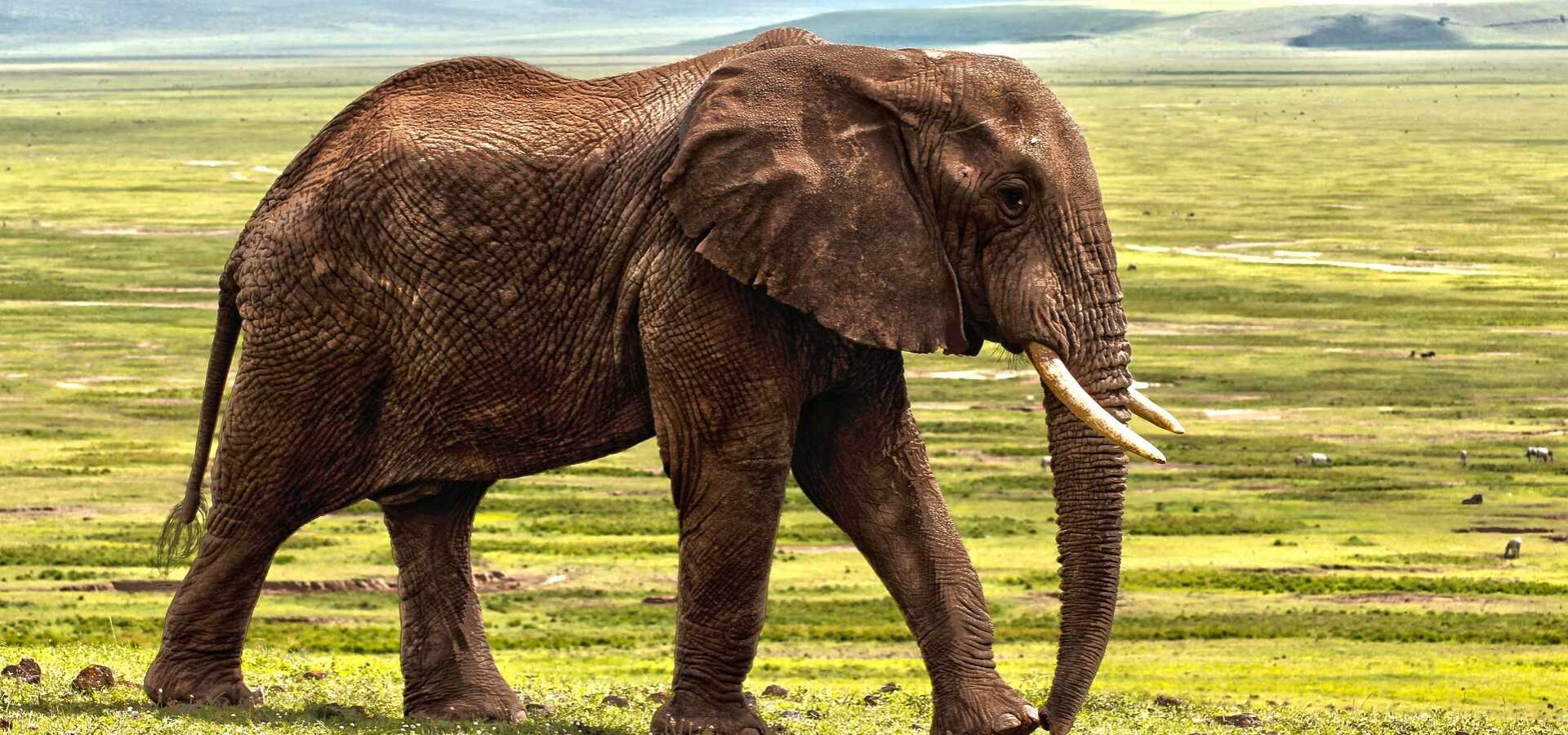Austria's zoos are not just places to marvel at exotic animals but vital hubs for conservation and breeding programs. These programs play a crucial role in preserving endangered species and maintaining biodiversity. Austrian zoos, such as Schönbrunn Zoo and Salzburg Zoo, are at the forefront of these efforts, contributing significantly to global wildlife preservation.
Zoos have evolved from mere animal exhibits to centers of conservation. They implement captive breeding programs to ensure the survival of endangered species. By maintaining genetic diversity and participating in reintroduction programs, zoos help sustain wildlife populations. Austrian zoos, including Tierwelt Herberstein and Alpenzoo Innsbruck, are exemplary in their conservation efforts.
Contents
Key Conservation Programs in Austrian Zoos
Austrian zoos are involved in numerous conservation programs. For instance, Schönbrunn Zoo participates in the European Endangered Species Programs (EEPs) coordinated by the European Association of Zoos and Aquaria (EAZA). These programs include species like the African savanna elephant and the Amur leopard. Salzburg Zoo, although smaller, contributes to the conservation of white rhinoceroses and Alpine ibex.
Breeding Programs for Endangered Species
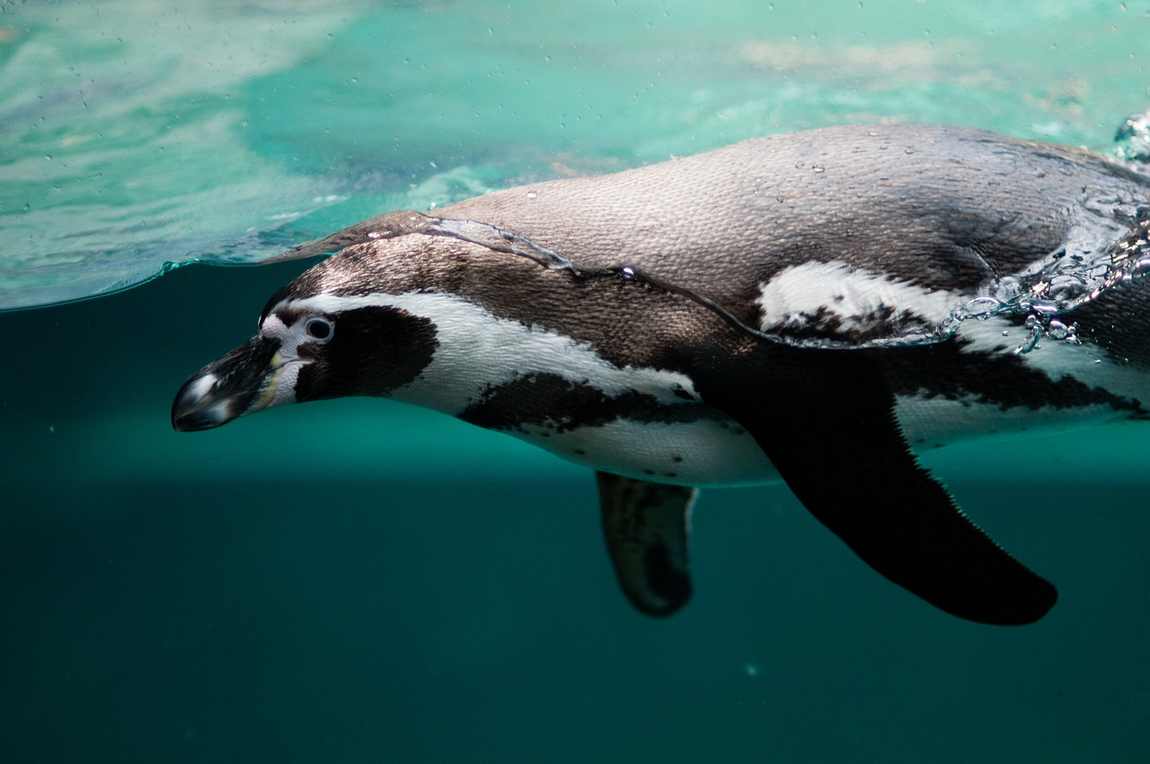
Breeding programs are essential for the survival of endangered species. Schönbrunn Zoo has successful breeding programs for species such as the Przewalski horse and the northern rockhopper penguin. Salzburg Zoo has made significant strides in breeding white rhinoceroses, even achieving success with artificial insemination. These efforts are crucial for maintaining healthy populations in captivity and the wild.
Schönbrunn Zoo is a leader in conservation breeding, participating in the European Endangered Species Programs (EEPs) coordinated by the European Association of Zoos and Aquaria (EAZA). The zoo maintains studbooks for species like the northern and southern rockhopper penguins and the Fiji iguanas. Dipl. Biol. Simone Haderthauer, a zoological curator at Schönbrunn Zoo, emphasizes the importance of these programs, stating, "Contributing to a captive breeding program is a truly worthy endeavor."
The zoo's efforts extend to 280 animal species, including the greater Indian rhinoceros, Vietnamese sika deer, and palm cockatoo. Salzburg Zoo has also made significant contributions to breeding endangered species. The zoo's white rhinoceros breeding program is particularly noteworthy, with successful births through artificial insemination.
This method helps maintain genetic diversity and supports the global population of this critically endangered species. Additionally, Salzburg Zoo participates in breeding programs for the Alpine ibex, a species native to the mountainous regions of Europe.
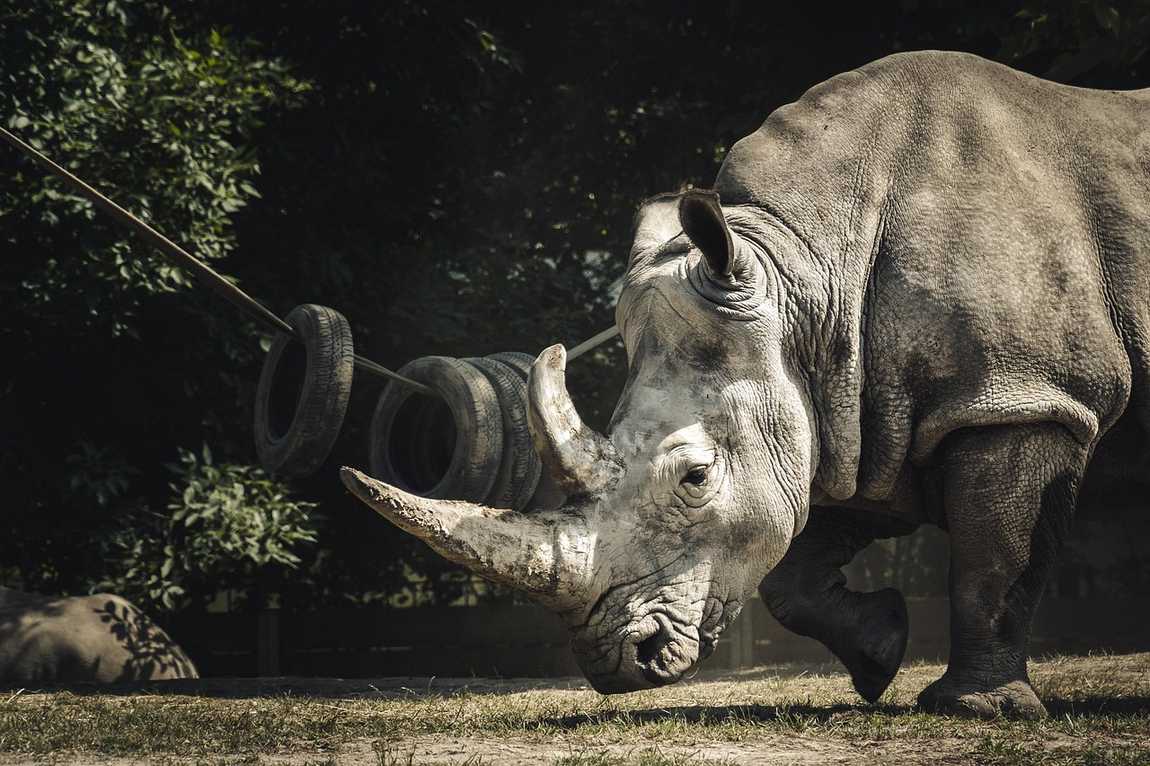
Alpenzoo Innsbruck focuses on the conservation of Alpine species. The zoo has breeding programs for animals such as the bearded vulture, which was nearly wiped out in the 19th century. Thanks to the zoo's efforts, the bearded vulture has been successfully reintroduced into the wild. Alpenzoo also breeds other endangered Alpine species, including the lynx and the golden eagle, contributing to the preservation of these majestic creatures.
Tierwelt Herberstein is another Austrian zoo dedicated to conservation breeding. The zoo participates in various EEPs and has breeding programs for species like the Eurasian lynx and the European pond turtle. These programs are vital for maintaining healthy populations and ensuring the survival of these species in the wild.
Zoo Linz is actively involved in breeding programs for several endangered species. The zoo has a successful breeding program for the red panda, a species that faces habitat loss and poaching in the wild. Zoo Linz also participates in the breeding of the European bison, contributing to the reintroduction efforts of this species in its native habitats. The zoo's commitment to conservation is evident in its efforts to breed and protect these endangered animals.
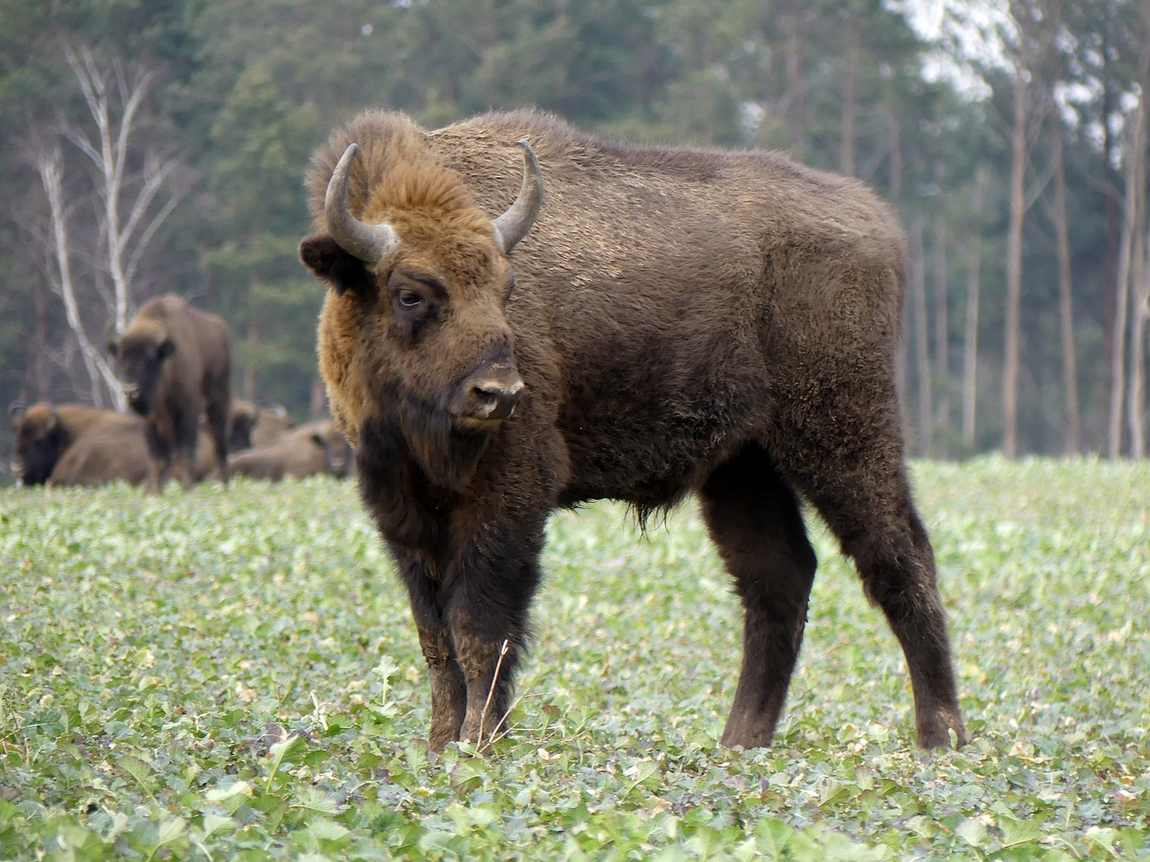 Photo: pixabay.com
Photo: pixabay.com
These breeding programs aim to increase numbers, maintain genetic diversity, and prepare animals for potential reintroduction into their natural habitats. The knowledge and experience gained from these programs are invaluable for conservation efforts worldwide. Austrian zoos, by supporting these initiatives, play a crucial role in the global effort to preserve endangered species and maintain biodiversity.
Genetic research is a cornerstone of breeding programs. Zoos maintain studbooks to track genetic information and ensure diversity. Schönbrunn Zoo, for example, keeps studbooks for species like the Fiji iguana and the greater Indian rhinoceros. This research helps zoos manage breeding programs effectively and supports conservation efforts in the wild.
Reintroduction Programs
Reintroduction programs aim to return captive-bred animals to their natural habitats. Schönbrunn Zoo has successfully reintroduced species like the bearded vulture and the Ural owl. These programs are challenging but essential for restoring populations in the wild. The knowledge gained from captive breeding is invaluable for these efforts.
Education and Public Awareness
Zoos play a vital role in educating the public about conservation. They offer educational programs and initiatives to raise awareness about endangered species and the importance of biodiversity. Salzburg Zoo, for example, has developed various education programs to inform visitors about conservation and animal behavior.
International Collaborations and Partnerships
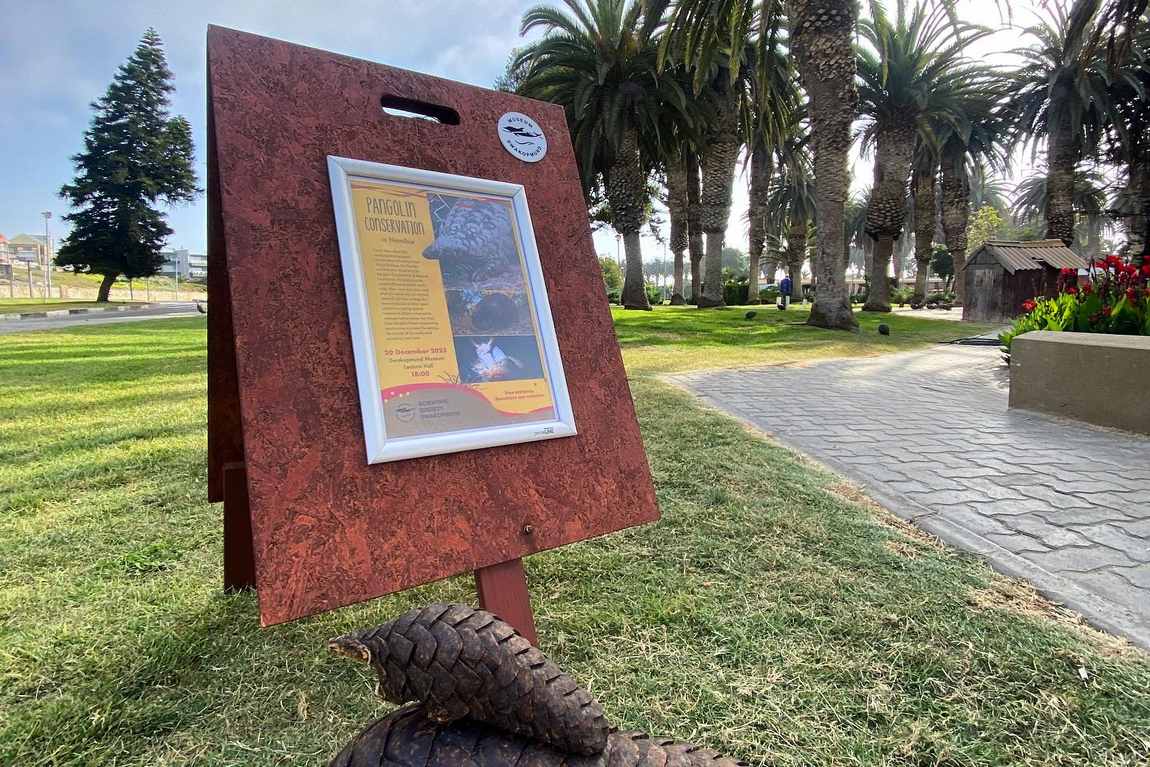
Austrian zoos collaborate with international organizations to enhance their conservation efforts. Schönbrunn Zoo works with the Pangolin Conservation and Research Foundation (PCRF) to combat poaching and rehabilitate trafficked pangolins. These partnerships are crucial for sharing knowledge and resources, benefiting global conservation efforts.
The future of conservation in zoos lies in innovation and technology. Austrian zoos are exploring new methods to improve breeding programs and conservation efforts. For example, using GPS collars in research projects helps track animal movements and gather data. Zoos are also focusing on sustainable practices to minimize their environmental impact.
Our Recap
Conservation and breeding programs in Austrian zoos are vital for preserving endangered species and maintaining biodiversity. By supporting these programs, visitors can contribute to global conservation efforts. With their commitment to wildlife preservation, Austrian zoos are significantly impacting the future of many species.



